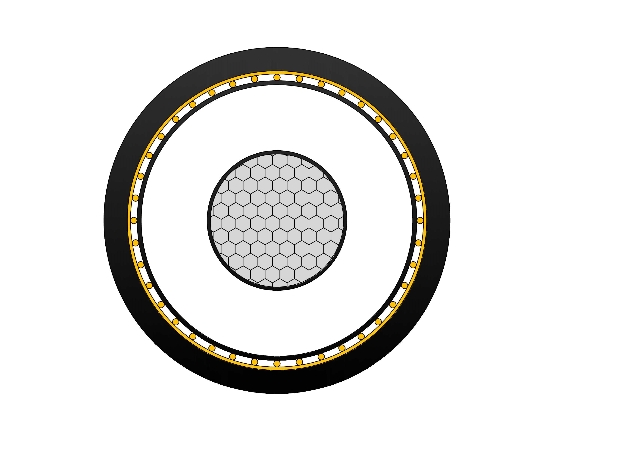H07V-U H07V-R H07V-K
- Standard DIN VDE 0281-3, BS 6004, HD 21.3; ASTM, IEC, DIN, BS, AS, CSA, NFC, SS, etc.
Construction
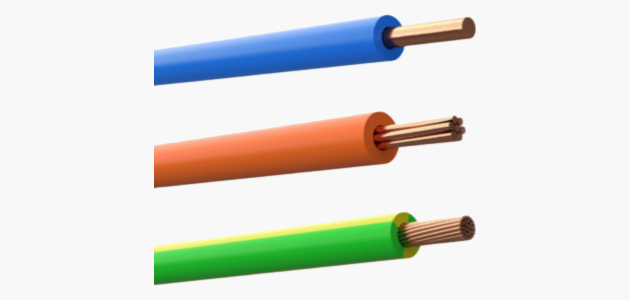
Conductor
class 1 solid -H07V-U
class 2 stranded H07V-R
class 5 flexible H07V-K
Insulation
Color of insulation
Maximum Conductor Operating Temperature
Lowest Ambient Temperature For Fixed Installation
Lowest Installation Temperature
Maximum Short-Crcuit Conductor Temperature
Nominal Voltage
Test Voltage
Flame Retardant
Technical Specifications
| Nominal Cross Section Area |
Number of wires Diameter of wires |
Approx. Diameter of Conductor |
Thickness of Insulation |
Approx. Overall Diameter |
Approx. Weight of cable |
Min. Insulation Resistance at 70°C |
| mm2 | No./mm | mm | mm | mm | kg/km | MΩ.km |
| 1.5 | 1/1.38 | 1.38 | 0.7 | 2.9 | 20.9 | 0.011 |
| 2.5 | 1/1.78 | 1.78 | 0.8 | 3.5 | 32.8 | 0.010 |
| 4 | 1/2.25 | 2.25 | 0.8 | 4.0 | 47.9 | 0.0087 |
| 6 | 1/2.76 | 2.76 | 0.8 | 4.5 | 67.8 | 0.0074 |
| 10 | 1/3.57 | 3.57 | 1.0 | 5.7 | 112.0 | 0.0072 |
|
Nominal Cross Section Area |
Number of wires /Diameter of wires |
Approx. Diameter of Conductor |
Thickness of Insulation |
Approx. Overall Diameter |
Approx. Weight of cable |
Max. Conductor Resistance at 20°C | Min. Insulation Resistance at 70°C |
| mm² | No./mm | mm | mm | mm | kg/km | Ω/km | MΩ.km |
| 1.5 | 7/0.52 | 1.56 | 0.7 | 2.96 | 21.5 | 12.1 | 0.010 |
| 2.5 | 7/0.68 | 2.04 | 0.8 | 3.64 | 34.6 | 7.41 | 0.0099 |
| 4 | 7/0.85 | 2.55 | 0.8 | 4.15 | 49.5 | 4.61 | 0.0082 |
| 6 | 7/1.04 | 3.12 | 0.8 | 4.72 | 69.5 | 3.08 | 0.0070 |
| 10 | 7/1.35 | 4.05 | 1.0 | 6.05 | 116.3 | 1.83 | 0.0067 |
| 16 | 7/1.70 | 5.10 | 1.0 | 7.10 | 167.1 | 1.15 | 0.0056 |
| 25 | 7/2.14 | 6.42 | 1.2 | 8.82 | 268.8 | 0.727 | 0.0053 |
| 35 | 7/2.52 | 7.56 | 1.2 | 9.96 | 364.6 | 0.524 | 0.0046 |
| 50 | 19/1.78 | 8.90 | 1.4 | 11.7 | 517.7 | 0.387 | 0.0046 |
| 70 | 19/2.14 | 10.70 | 1.4 | 13.5 | 708.2 | 0.268 | 0.0040 |
| 95 | 19/2.52 | 12.60 | 1.6 | 15.8 | 959.7 | 0.193 | 0.0039 |
| 120 | 37/2.03 | 14.21 | 1.6 | 17.41 | 1194.8 | 0.153 | 0.0035 |
| 150 | 37/2.25 | 15.75 | 1.8 | 19.35 | 1493.4 | 0.124 | 0.0035 |
| 185 | 37/2.52 | 17.64 | 2.0 | 21.64 | 1843.5 | 0.0991 | 0.0035 |
| 240 | 61/2.25 | 20.25 | 2.2 | 24.65 | 2383.5 | 0.0754 | 0.0034 |
| 300 | 61/2.52 | 22.68 | 2.4 | 27.48 | 2971.5 | 0.0601 | 0.0033 |
| 400 | 61/2.85 | 25.65 | 2.6 | 30.85 | 3927.4 | 0.0470 | 0.0031 |
|
Nominal Cross Section Area |
Number of wires /Diameter of wires |
Approx. Diameter of Conductor |
Thickness of Insulation |
Approx. Overall Diameter |
Approx. Weight of cable |
Max. Conductor Resistance at 20°C | Min. Insulation Resistance at 70°C |
| mm² | No./mm | mm | mm | mm | kg/km | Ω/km | MΩ.km |
| 1.5 | 30/0.25 | 1.57 | 0.7 | 2.97 | 3.67 | 13.3 | 0.010 |
| 2.5 | 49/0.25 | 2.02 | 0.8 | 3.62 | 4.42 | 7.98 | 0.0095 |
| 4 | 56/0.30 | 2.9 | 0.8 | 4.5 | 5.30 | 4.95 | 0.0078 |
| 6 | 84/0.30 | 3.6 | 0.8 | 5.2 | 6.00 | 3.30 | 0.0068 |
| 10 | 84/0.40 | 4.7 | 1.0 | 6.7 | 7.70 | 1.91 | 0.0065 |
| 16 | 126/0.40 | 5.9 | 1.0 | 7.9 | 8.90 | 1.21 | 0.0053 |
| 25 | 196/0.40 | 7.3 | 1.2 | 9.7 | 10.90 | 0.780 | 0.0050 |
| 35 | 276/0.40 | 9.2 | 1.2 | 11.6 | 12.80 | 0.554 | 0.0043 |
| 50 | 396/0.40 | 11 | 1.4 | 13.8 | 15.20 | 0.386 | 0.0042 |
| 70 | 360/0.50 | 13.1 | 1.4 | 15.9 | 17.30 | 0.272 | 0.0036 |
| 95 | 475/0.50 | 14.4 | 1.6 | 17.6 | 19.20 | 0.206 | 0.0036 |
| 120 | 608/0.50 | 16.3 | 1.6 | 19.5 | 21.10 | 0.161 | 0.0032 |
| 150 | 756/0.50 | 18.7 | 1.8 | 22.3 | 24.10 | 0.129 | 0.0032 |
| 185 | 925/0.50 | 20.1 | 2.0 | 24.1 | 26.10 | 0.106 | 0.0032 |
| 240 | 1221/0.50 | 23.1 | 2.2 | 27.5 | 29.70 | 0.0801 | 0.0031 |
| Minimum bending radius: | For cable diameter D (mm) | |||
| D≤8 | 8| 12 | D>20 |
| |
| Normal use | 4 D | 5 D | 6 D | 6 D |
| Careful bending at termination | 2 D | 3 D | 4 D | 4 D |
Quality Control
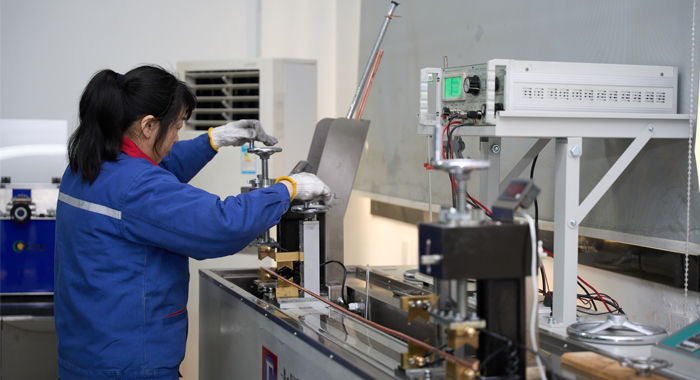
Raw Material Test
Raw Material Test for H07V-U, H07V-R, and H07V-K cables ensures quality from the source. Copper conductors are inspected for electrical conductivity, mechanical strength, surface condition, and dimensional tolerance. PVC insulation compounds are tested for heat resistance, tensile strength, elongation, and aging characteristics. Only materials that pass all physical and electrical tests are approved for production. This process ensures consistent conductor performance, insulation reliability, and long-term safety of H07V series cables.
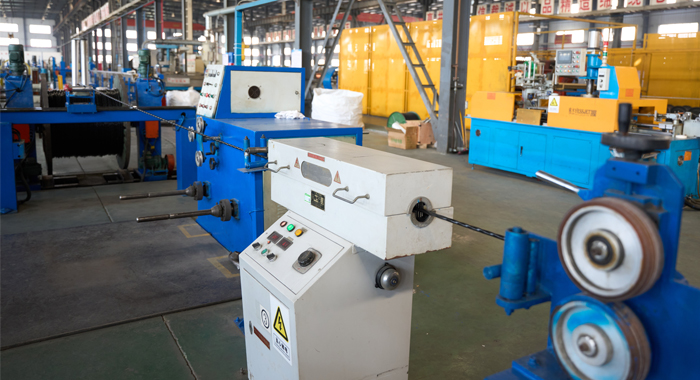
Process inspection
During manufacturing, Process Inspection closely monitors every stage of H07V-U, H07V-R, and H07V-K cable production. Conductor processing is checked to confirm correct flexibility class and uniform structure. Insulation extrusion is controlled for thickness accuracy, concentricity, and smooth surface finish. Regular in-process inspections and measurements help maintain stable quality and ensure full compliance with harmonized technical standards.
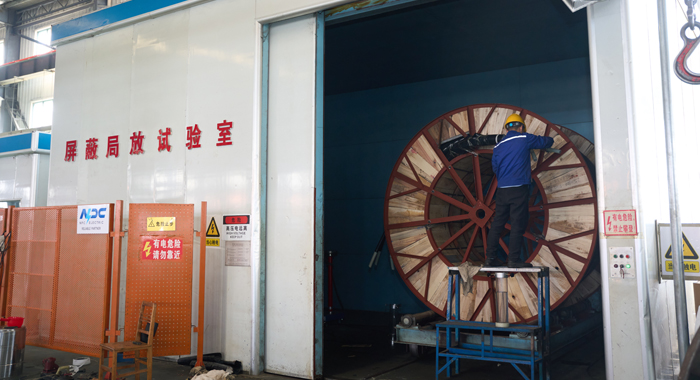
Finished Product
Finished Product Testing verifies the complete performance of H07V-U, H07V-R, and H07V-K cables. Electrical tests include resistance measurement, insulation integrity checks, and voltage withstand testing. Mechanical tests evaluate bending capability, flexibility, and insulation durability. Final visual inspection confirms correct labeling and workmanship. Only products that meet all specified requirements are released for shipment.
Application
Technical Advantages
Product Packaging
Related Products
FAQ From Customers
-
What are the advantages of power cables and overhead lines?(1) Reliable operation, because it is installed in a hidden place such as underground, it is less damaged by external forces, has less chance of failure, and the power supply is safe, and it will not cause harm to people; (2) The maintenance workload is small and frequent inspections are not required; (3) No need to erect towers; (4) Help improve power factor.
-
Which aspects should be considered when choosing the cross section of a power cable?(1) The long-term allowable working current of the cable; (2) Thermal stability once short circuited; (3) The voltage drop on the line cannot exceed the allowable working range.
-
What are the measures for cable fire prevention?(1) Use flame-retardant cables; (2) Use fireproof cable tray; (3) Use fireproof paint; (4) Fire partition walls and fire baffles are installed at cable tunnels, mezzanine exits, etc.; (5) Overhead cables should avoid oil pipelines and explosion-proof doors, otherwise local pipes or heat insulation and fire prevention measures should be taken.
-
What should be paid attention to during the transportation and handling of cables?(1) During transportation, loading and unloading, cables and cable reels should not be damaged. It is strictly forbidden to push the cable reels directly from the vehicle. Generally, cables should not be transported and stored flat. (2) Before transporting or rolling the cable reel, ensure that the cable reel is firm, the cable is wound tightly, the oil pipe between the oil-filled cable and the pressure oil tank should be fixed without damage, the pressure oil tank should be firm, and the pressure indication should meet the requirements.
-
What inspections should be carried out for the acceptance of cable lines?(1) The cable specifications should meet the regulations, the arrangement should be neat, no damage, and the signs should be complete, correct and clear; (2) The fixed bending radius of the cable, the related distance and the wiring of the metal sheath of the single-core power cable should meet the requirements; (3) The cable terminal and the middle head should not leak oil, and the installation should be firm. The oil pressure of the oil-filled cable and the meter setting should meet the requirements; (4) Good grounding; (5) The color of the cable terminal is correct, and the metal parts such as the bracket are completely painted; (6) There should be no debris in the cable trench, tunnel, and bridge, and the cover should be complete.

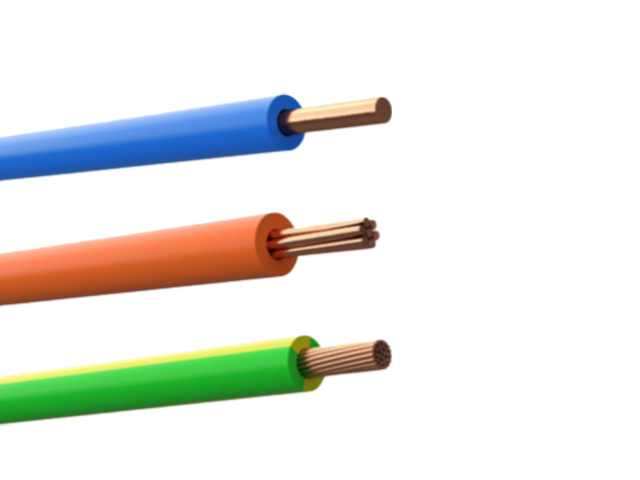

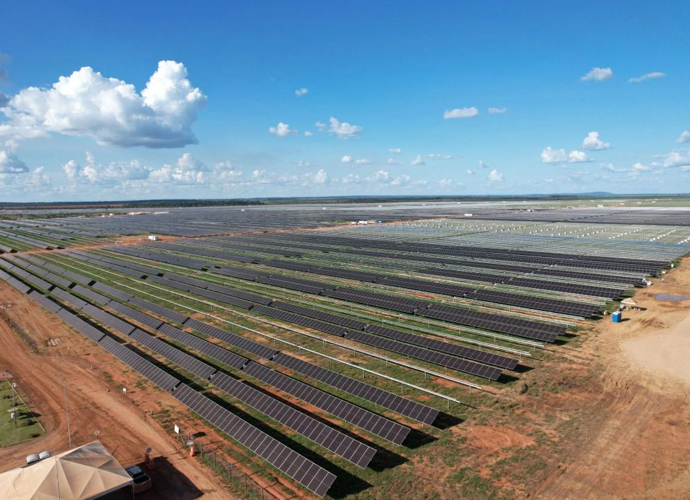
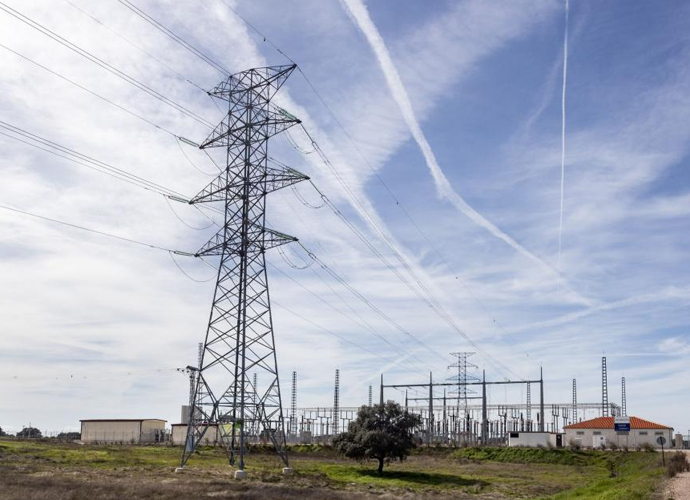
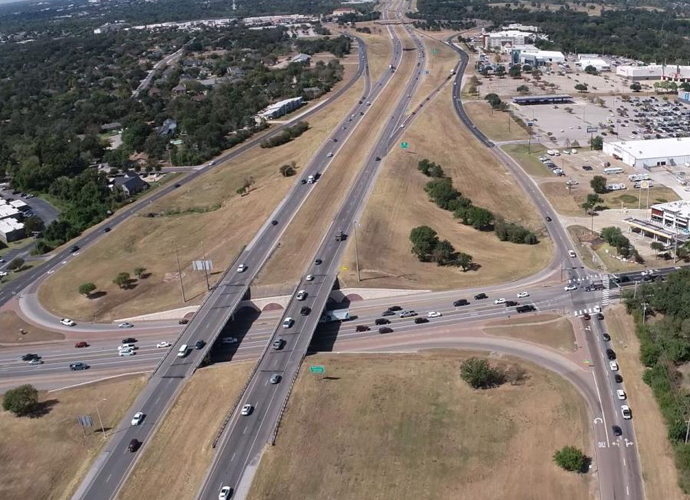
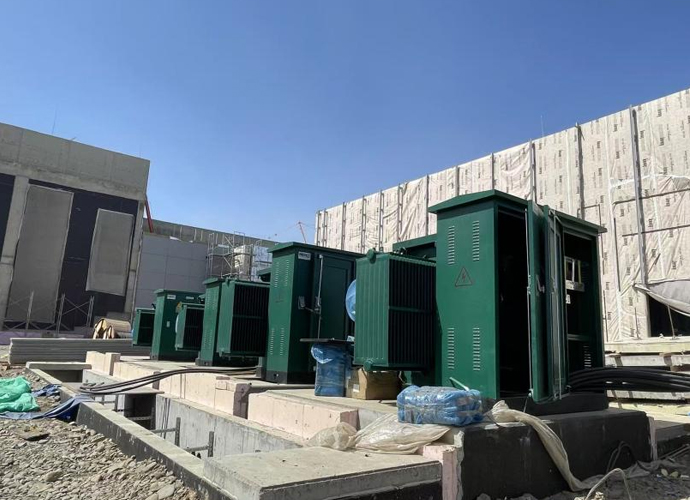
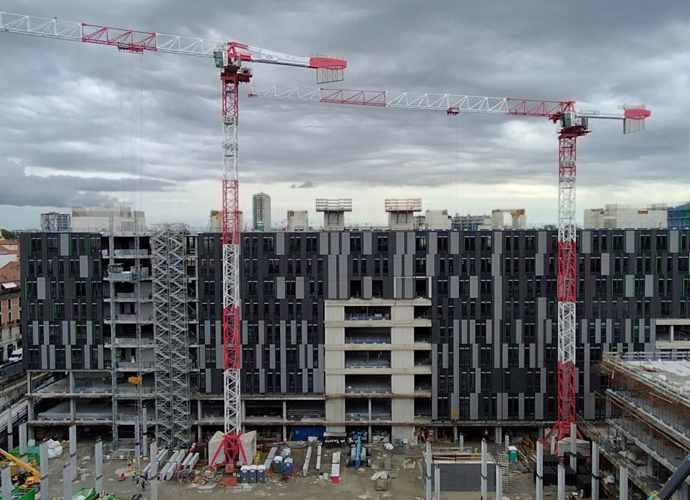
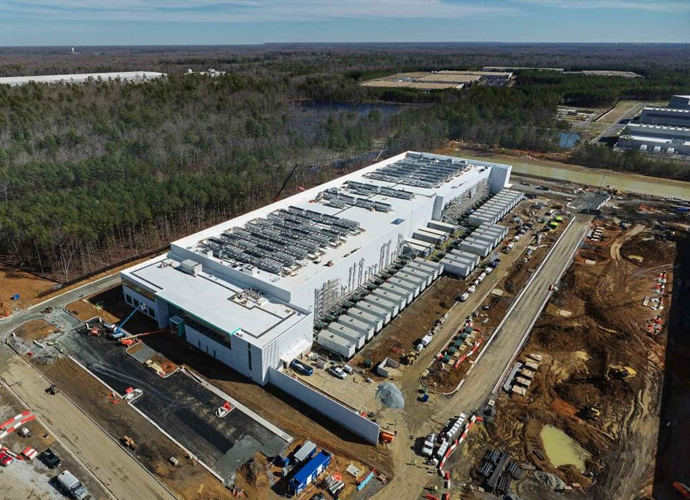
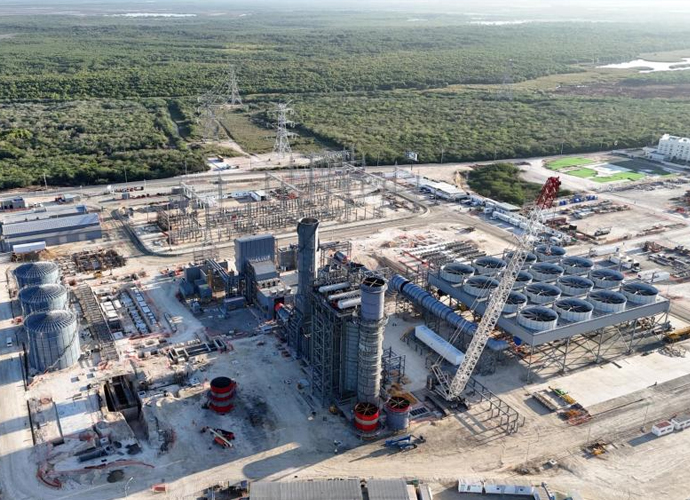
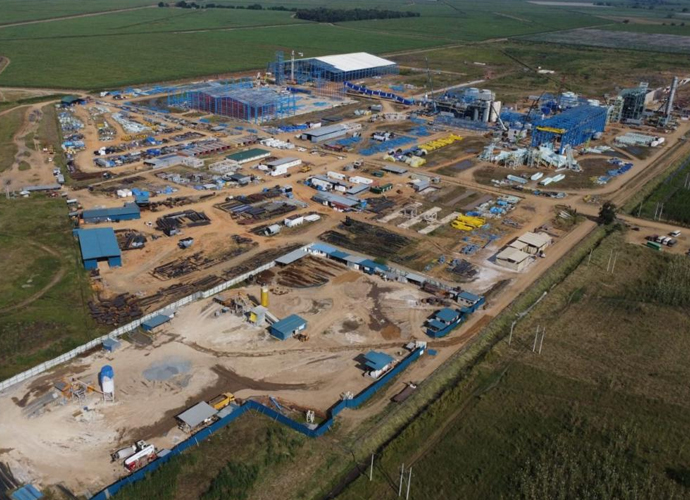
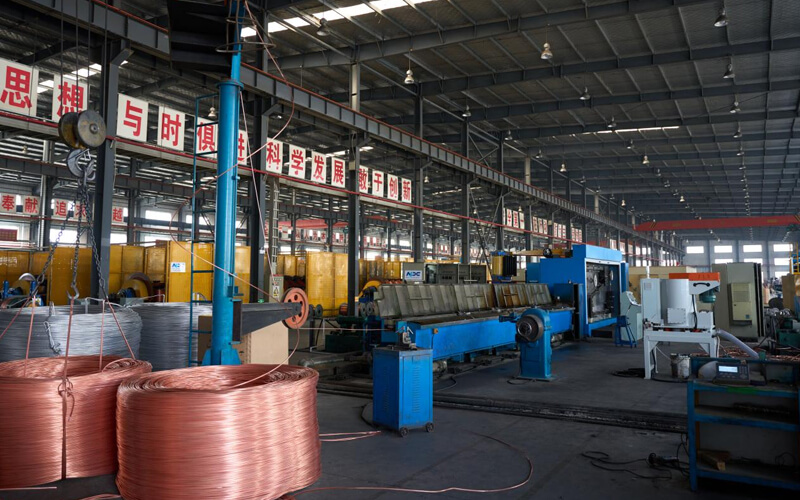
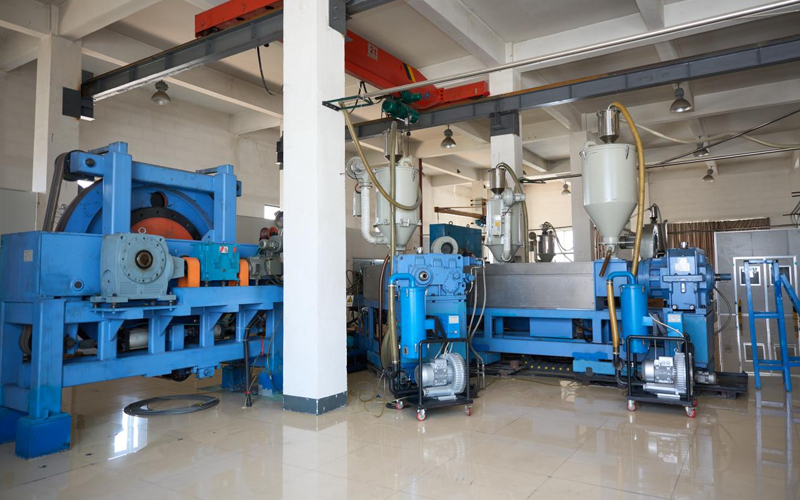
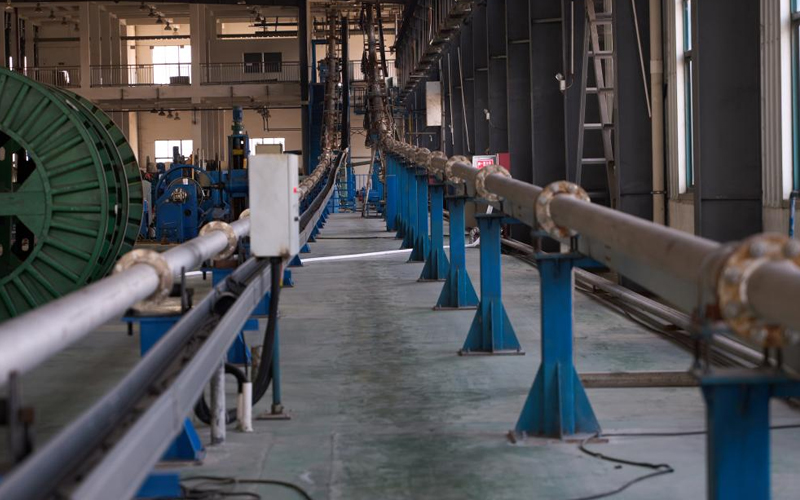
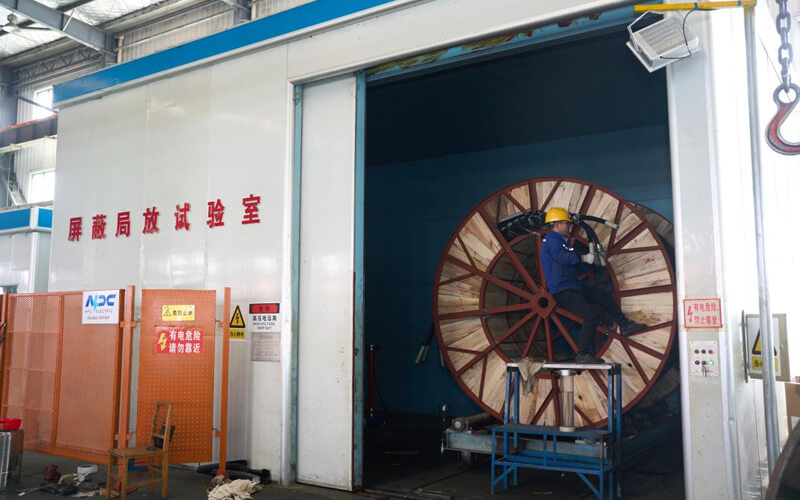
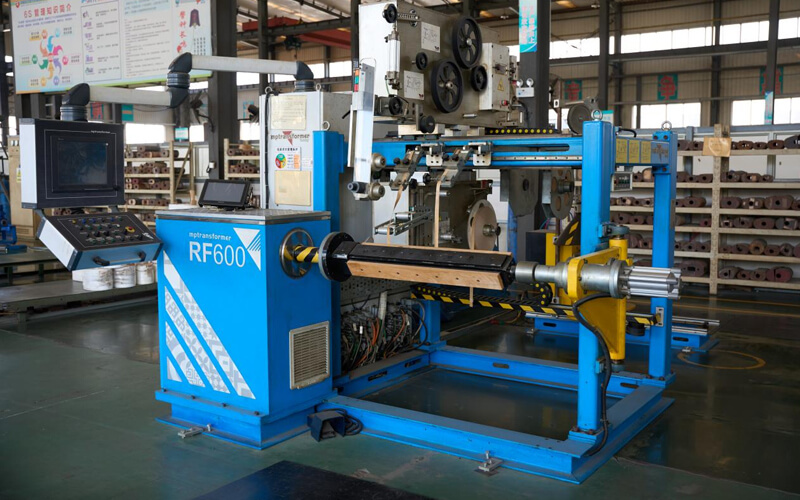
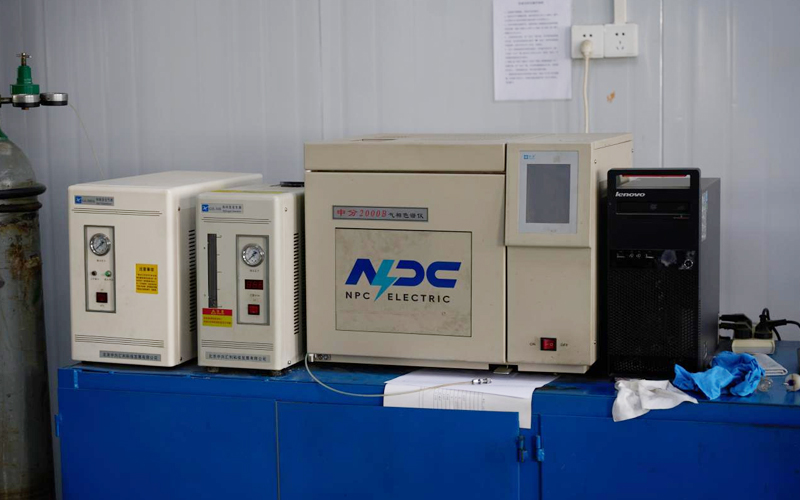
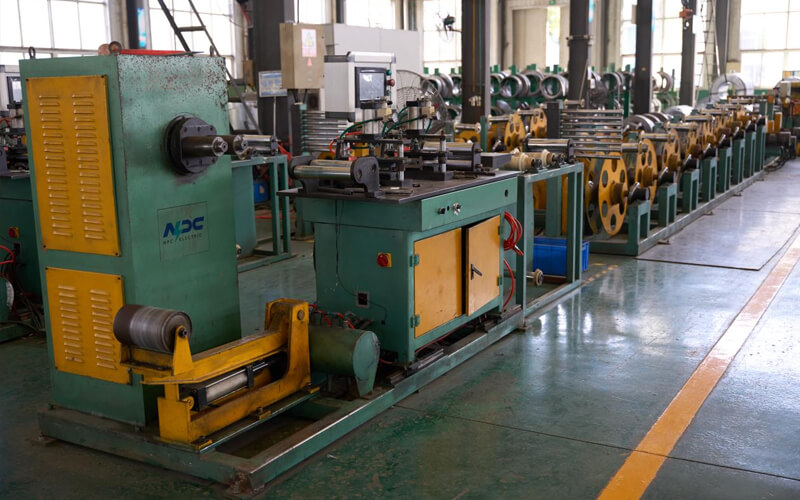
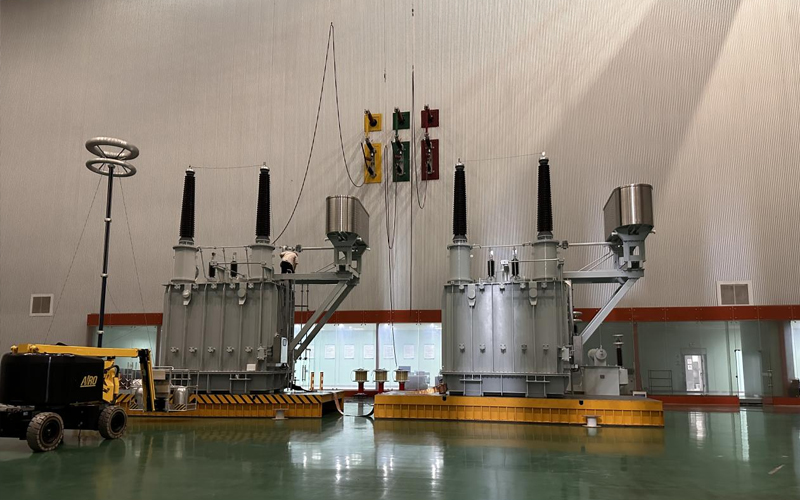
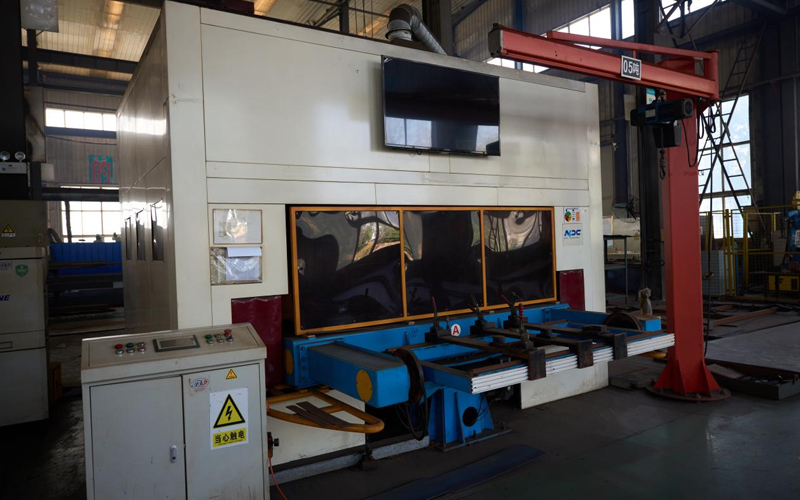
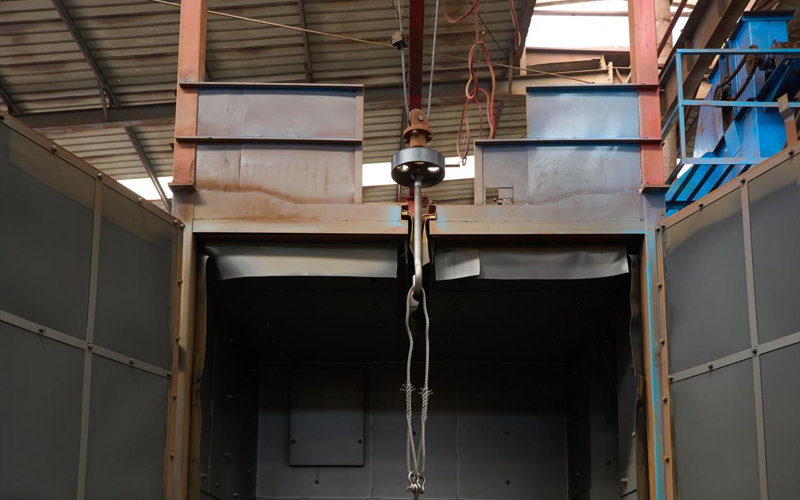
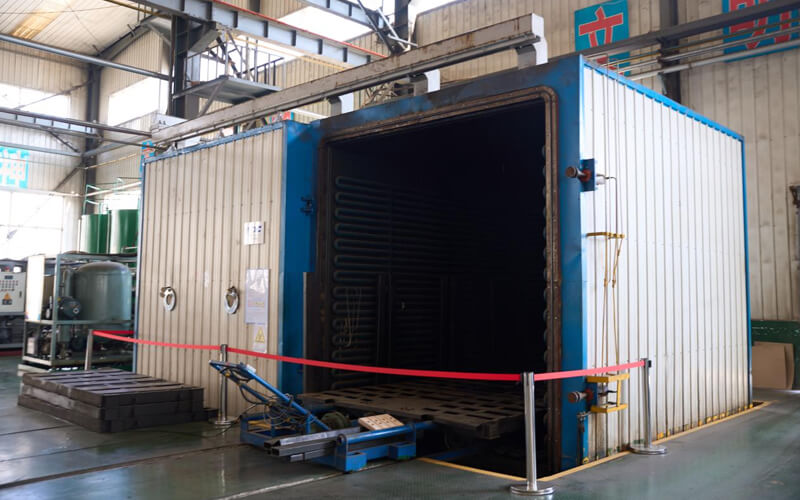
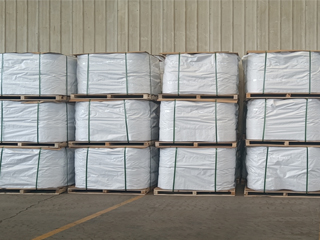
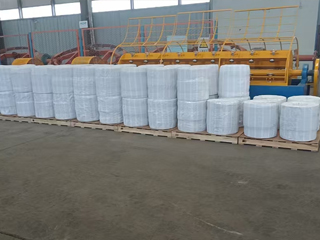
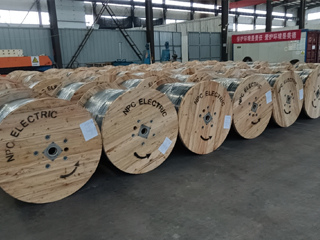
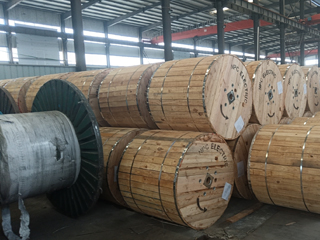
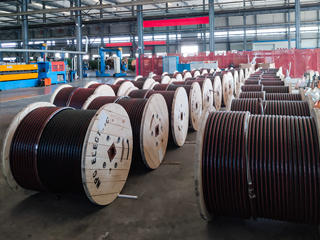
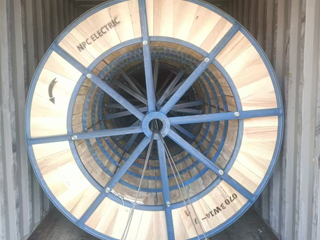
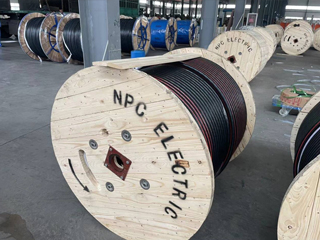
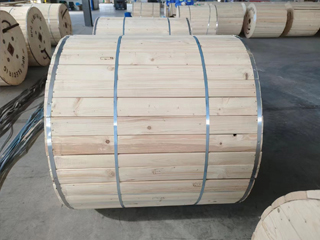
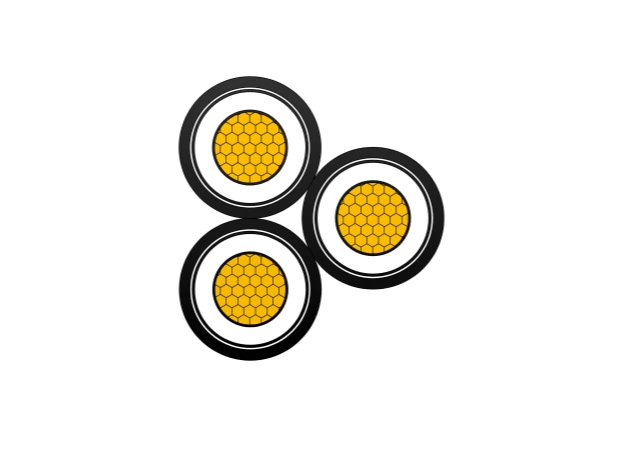
2Y-high-voltage-power-cable.webp)
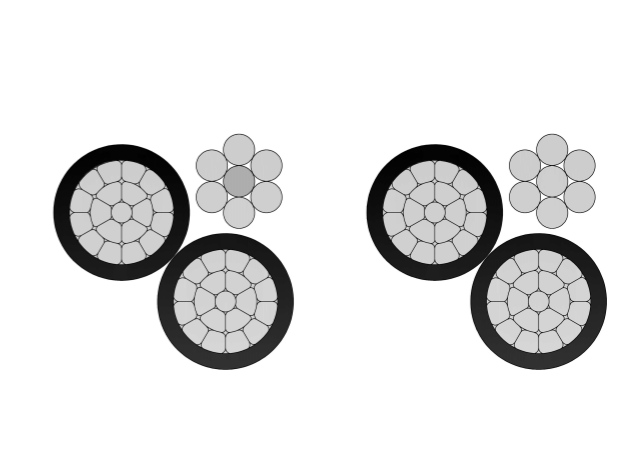
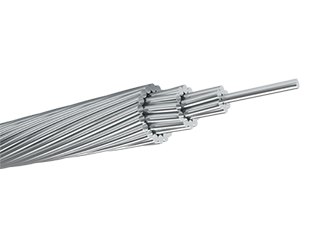
2Y-high-voltage-power-cable.webp)
